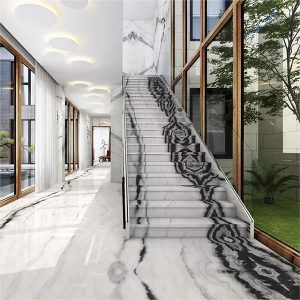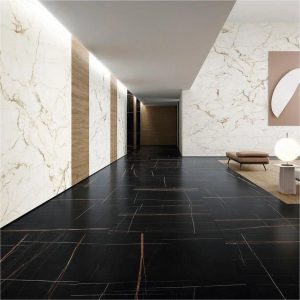Stair
Stairs are essential architectural elements that provide a means of vertical circulation within a building. They serve as a functional pathway, allowing people to move between different levels or floors. However, stairs are not just utilitarian; they also play a significant role in the overall design and aesthetics of a space.
Stairs come in various shapes, sizes, and materials, allowing for customization to suit different architectural styles and personal preferences. From grand staircases in luxurious mansions to compact and space-saving designs in modern apartments, stairs can be designed to match the overall theme and ambiance of a building.
In addition to their practical function, stairs can also make a statement and become a focal point of a space. Intricate railings, elegant balusters, and decorative detailing can transform a simple staircase into a work of art. The choice of materials such as wood, glass, metal, or stone further adds to the visual appeal and character of the stairs.
Safety is paramount when it comes to stairs. Building codes and regulations ensure that stairs are designed and constructed to provide stability, proper dimensions, and appropriate handrails for secure and comfortable use.
Whether they are grand and majestic or minimalist and sleek, stairs are an integral part of architectural design. They not only facilitate movement but also contribute to the overall aesthetic and character of a building, making them both functional and visually appealing.






